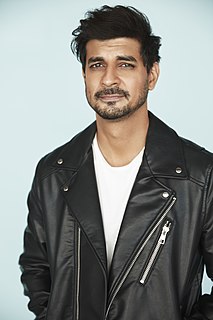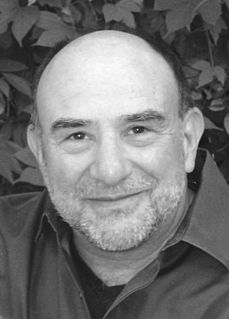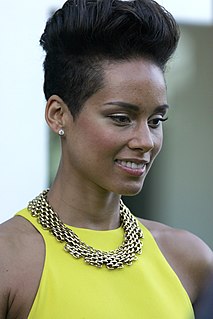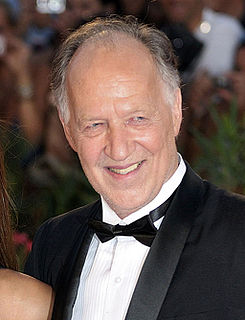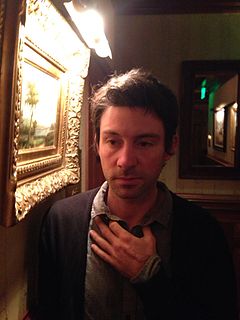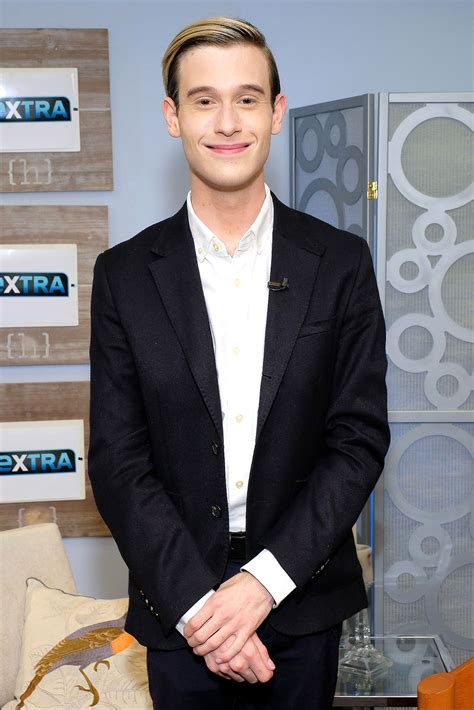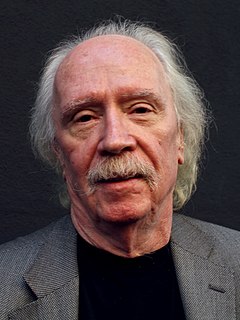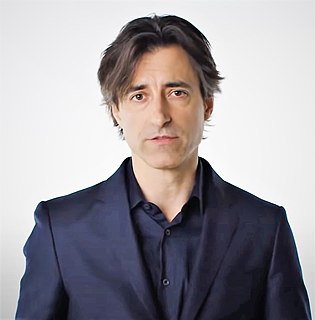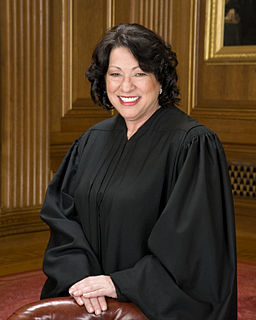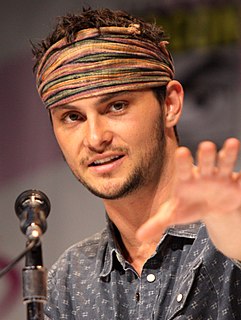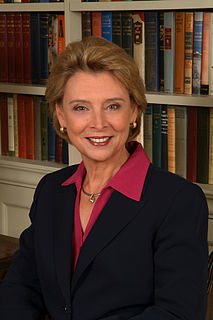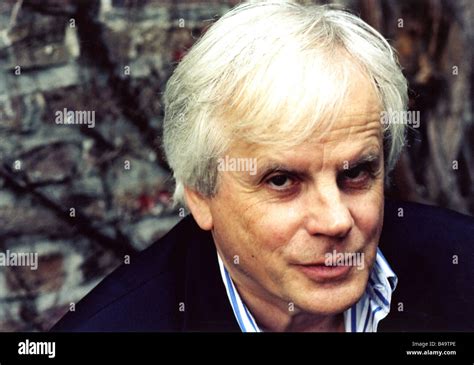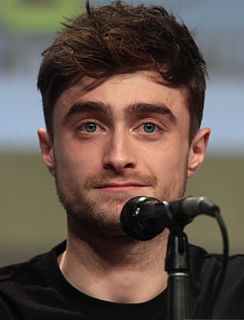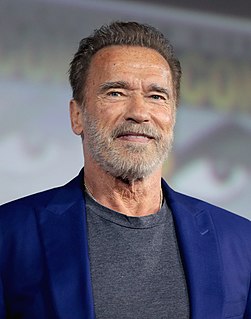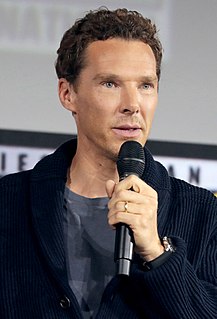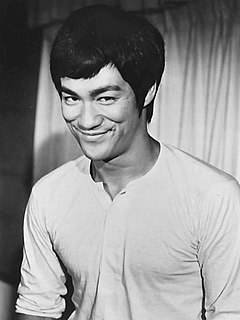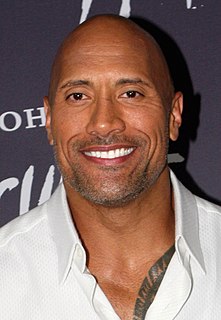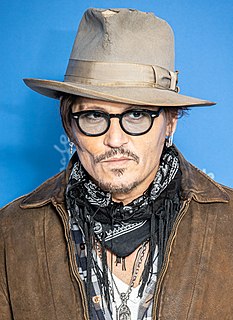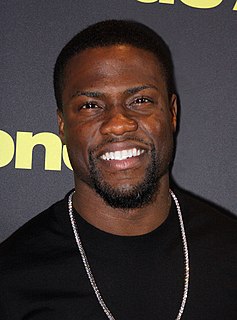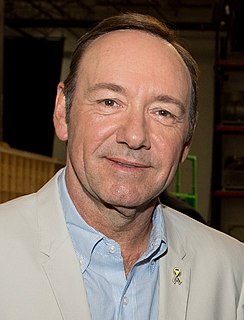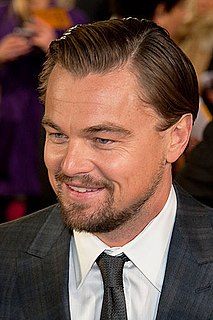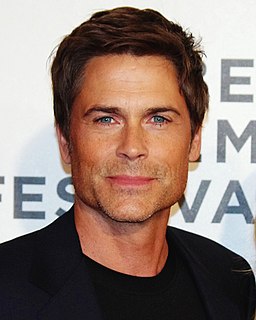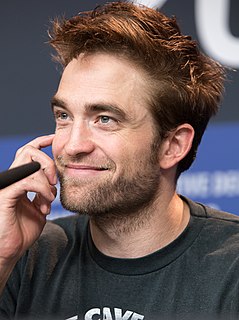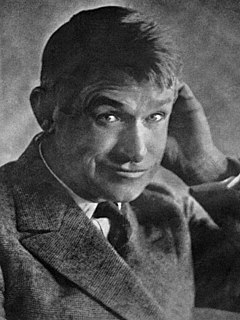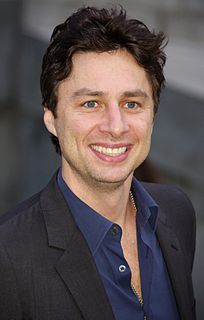A Quote by Tahir Raj Bhasin
On the sets of the movie 'Manto,' I found that one of the challenges of embodying real-life stories is the mixed medium of facts and imagination, and how one's collage of experiences colour ones representation on celluloid.
Quote Topics
Related Quotes
I had lines inside me, a string of guiding lights. I had language. Fiction and poetry are doses, medicines. What they heal is the rupture reality makes on the imagination. I had been damaged, and a very important part of me had been destroyed - that was my reality, the facts of my life. But on the other side of the facts was who I could be, how I could feel. And as long as I had words for that, images for that, stories for that, then I wasn't lost.
I don't stand by the understanding of that statement that I will ignore other facts or other experiences because I haven't had them. I do believe that life experiences are important to the process of judging - They help you to understand and listen - but that the law requires a result. And it would command you to the facts that are relevant to the disposition of the case.
Growing up, I didn't have television. My dad would make up stories and tell me stories, so my imagination ran wild. When I did see films, which was very few and far between, that was such an interesting medium that was so new to me. It wasn't something that was just part of my life, so it was really appealing and so different that I enjoyed that.
AS SOMBRAS DA ALMA. THE SHADOWS OF THE SOUL. The stories others tell about you and the stories you tell about yourself: which come closer to the truth? Is it so clear that they are your own? Is one an authority on oneself? But that isn't the question that concerns me. The real question is: In such stories, is there really a difference between true and false? In stories about the outside, surely. But when we set out to understand someone on the inside? Is that a trip that ever comes to an end? Is the soul a place of facts? Or are the alleged facts only the deceptive shadows of our stories?
